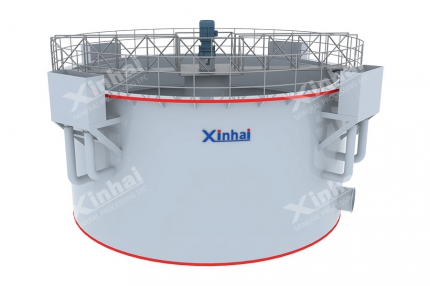In gold recovery process, advanced equipment alone is not enough to improve the recovery rate and efficiency of gold extraction—the rational use of reagents is a key part of the success or failure of ore processing. Different types of chemicals are used throughout the core aspects of gold ore process, from flotation and cyanidation to adsorption and replacement.
Correct selection and use of beneficiation reagents can improve gold recovery, reduce losses, effectively control costs, and reduce environmental impact.
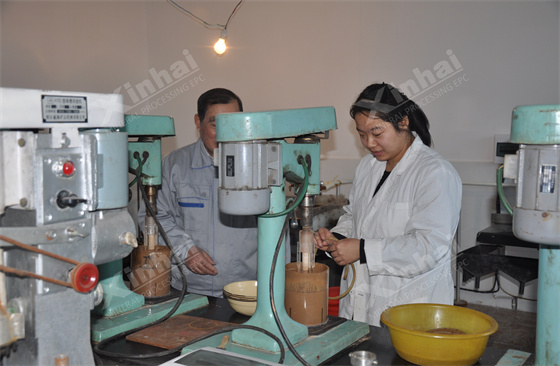
This article will systematically introduce the commonly used chemical reagents in gold beneficiation categories, applicable processes, and precautions to help you fully understand the "chemical secrets" of gold processing.
Use the table of contents below to navigate through the guide:
01What Are the Chemicals Used in Gold Mining?
In the process of gold ore beneficiation, flotation, cyanidation, and carbon slurry (CIP/CIL) usually require the use of various chemical reagents.
The following article will systematically introduce the composition, mechanism, and key control points of each type of mineral processing chemical, helping you to deeply understand their value as an application and operation standard in gold extraction.
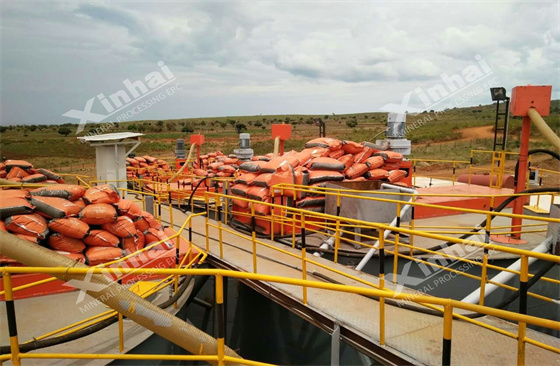
1. Cyanide Leaching Reagents
Since the early 20th century, cyanidation has become the dominant method for gold extraction. This process involves treating ore with a cyanide solution to dissolve gold into a stable complex.
Before leaching, the ore is typically comminuted (crushed and ground) to increase surface area and expose gold particles. Cyanidation can be performed via tank leaching (VAT leaching) or heap leaching, depending on ore type and project scale.
(1)Primary Reagents and Functions:
· Cyanide agents: Sodium cyanide (NaCN) or potassium cyanide (KCN), which form soluble complexes with gold ions (e.g., [Au(CN)₂]⁻).
· pH modifier (alkaline agent): Lime (CaO) or sodium hydroxide (NaOH), used to maintain an alkaline environment (pH 10–11) and suppress the generation of hydrogen cyanide (HCN).
· Oxidizing agents: Oxygen (O₂) or hydrogen peroxide (H₂O₂), which accelerate the oxidation of gold, especially in refractory ores.
· Reducing agent: Zinc powder (Zn) is used in the Merrill–Crowe process to precipitate gold from the solution.
· Adsorbents: Activated carbon or ion exchange resins used in carbon adsorption processes (CIP/CIL) to extract gold from pregnant solution.
· Depressants or inhibitors: Sodium nitrite or ferrous sulfate, sometimes used to suppress unwanted side reactions (especially iron oxidation).
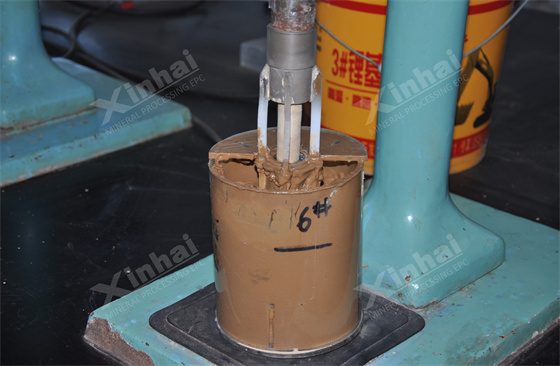
(2)Applicable Ore Types:
· Oxidized gold ore
· Partially oxidized sulfide ore
· Flotation concentrates
· Tailings from prior recovery steps
(3)Key Operational Points:
· Maintain cyanide concentrations typically between 100–500 ppm (0.01–0.05%) depending on ore type.
· Strictly control pH at ≥10.5 to prevent the volatilization of toxic HCN gas.
· Regenerate activated carbon or resin periodically to maintain adsorption capacity.
(4)Advantages:
· High gold recovery rates for free-milling ores (often >95%)
· Suitable for a wide variety of ore types
(5)Disadvantages:
· Cyanide is acutely toxic; improper handling can pose significant environmental and human health risks.
· Copper, carbonaceous, and refractory ores require additional pre-treatment steps (e.g., roasting, bio-oxidation, or ultrafine grinding).
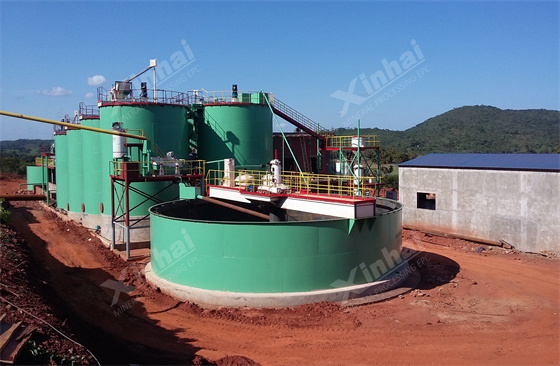
(6)Green Reagent Alternative: CNLITE Eco-friendly Gold Leaching Reagent
Many mining operations now adopt CNLITE®, a non-cyanide leaching reagent developed for green gold extraction to address environmental concerns associated with cyanide use. Tests show CNLITE achieves gold recovery rates comparable to sodium cyanide and even faster in heap leaching.
Key benefits of CNLITE include:
· Non-toxic and biodegradable
· Chemically stable and safer for storage and transportation
· Effective in the presence of arsenic, sulfur, and other interfering minerals
· It can significantly reduce the impact of arsenic, sulfur, and other harmful impurities on the beneficiation process.
As its name suggests, CNLITE is highly efficient in extracting gold and is committed to minimizing the damage to the ecological environment. It is truly a green and environmentally friendly gold-leaching reagent.
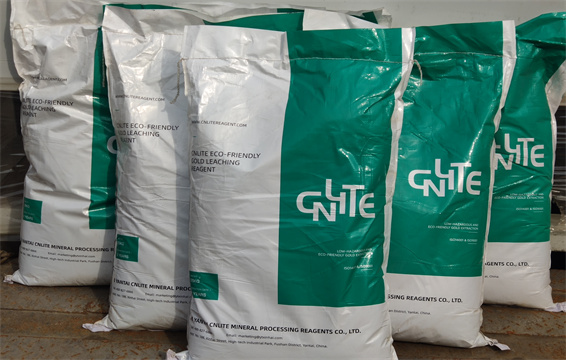
2. Flotation Reagents in Gold Processing
Flotation is a widely used method in the beneficiation of gold-bearing ores, especially for sulfide-type and polymetallic ores. This technique relies on chemical reagents to selectively modify the surface properties of minerals.
Making some minerals hydrophobic and others hydrophilic allows the targeted minerals to attach to air bubbles and float while gangue minerals remain in the slurry.
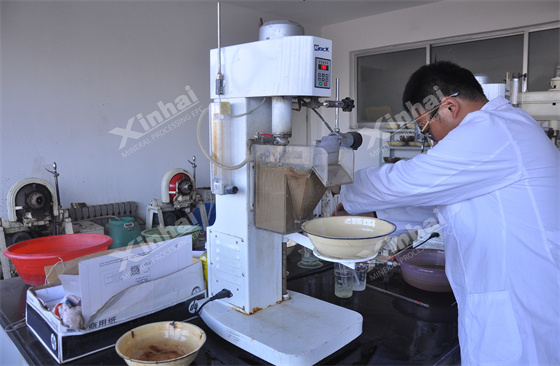
(1)Primary Reagents and Functions:
· Collectors, such as xanthates (e.g., potassium ethyl xanthate) and dithiophosphates, are used to render the surface of gold-associated sulfide minerals—like pyrite, chalcopyrite, and galena—hydrophobic. This ensures these minerals attach to rising air bubbles during flotation.
· Frothers, including MIBC and pine oil, help generate and stabilize the froth layer, allowing the hydrophobic particles to be effectively collected from the surface.
· Depressants or inhibitors, such as lime (CaO), sodium cyanide (NaCN), and zinc sulfate (ZnSO₄), are employed to suppress the flotation of unwanted gangue minerals—like pyrite sphalerite or talc—enhancing the process's selectivity for gold-associated minerals.
· Activators, such as copper sulfate (CuSO₄), enhance the floatability of difficult-to-float sulfide minerals (e.g., sphalerite) by modifying their surface chemistry, making them responsive to collectors.
· pH Modifiers, such as sulfuric acid, lime, or sodium hydroxide, adjust the slurry's pH to the optimal range. This ensures proper reagent function and effective separation.
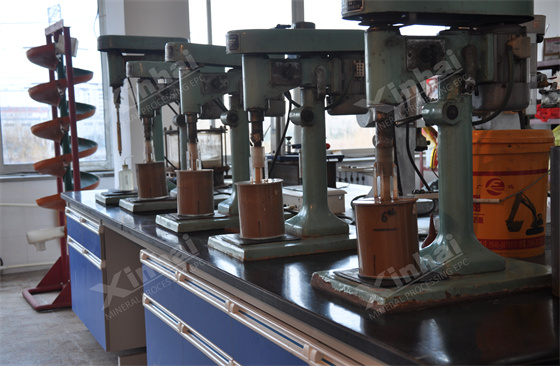
(2)Applicable ores: gold-bearing pyrite, chalcopyrite, sphalerite, and other sulfide ores, copper-gold, lead-zinc-gold, and other polymetallic symbiotic ores
(3)Process form: preferential flotation/mixed flotation/partial reelection-flotation combined process
(4)Advantages
· Strong selectivity for sulfide-associated and refractory gold
· Enables comprehensive recovery of multi-metal ores (e.g., Cu-Au, Pb-Zn-Au)
· Mature technology, adaptable to a wide range of ore types and processing scales
(5)Limitations
· Not suitable for coarse-grained free gold particles (>0.2 mm), which are better processed via gravity separation
· Requires additional stages (e.g., crushing, grinding, reagent conditioning)
· Flotation concentrates usually need further treatment (e.g., cyanidation or roasting), increasing process complexity.
· High reagent consumption can pose cost and environmental management challenges.
02Environmental Impact of Chemical Reagents in Gold Extraction
Of the above reagents, cyanide has the most significant environmental impact. Although cyanidation is currently used in about 90% of gold mining, it has long been controversial in the industry due to the high toxicity of cyanide itself. While aqueous cyanide solutions decompose rapidly in sunlight, degradation products such as cyanate and thiocyanate, which are less toxic, can persist in the environment for years, posing a potential ecological risk.
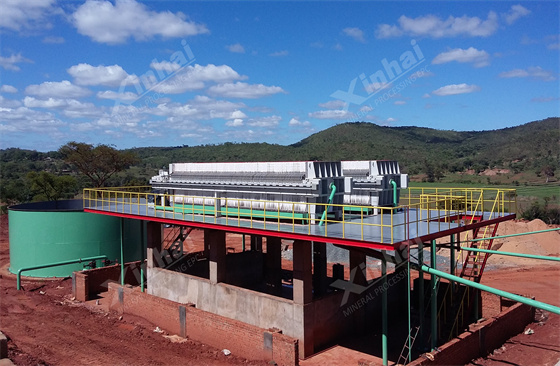
Conclusion
In conclusion, flotation, cyanidation, and carbon adsorption are irreplaceable in the gold ore beneficiation process. However, if not managed properly, these chemicals may pose environmental risks, such as water and soil contamination, so their scientific and responsible use is crucial.
At Xinhai Mining, environmental protection is always present in business operations. We strictly abide by the specifications for using mineral processing chemicals and actively promote closed-circuit recycling systems and efficient wastewater treatment technologies to minimize the impact on the ecological environment. At the same time, we customize green, efficient, and sustainable beneficiation solutions according to the nature of the ore. Welcome to contact us for professional support and exclusive technical solutions for environmental beneficiation!


 marketing@ytxinhai.com
marketing@ytxinhai.com  0086 13810327080
0086 13810327080 

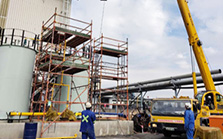


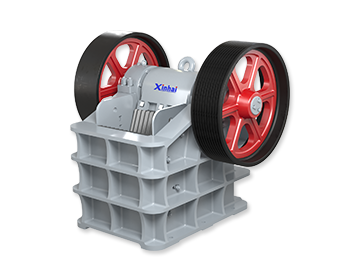
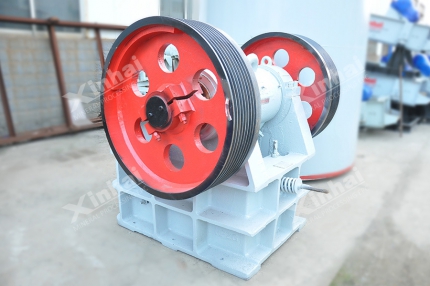

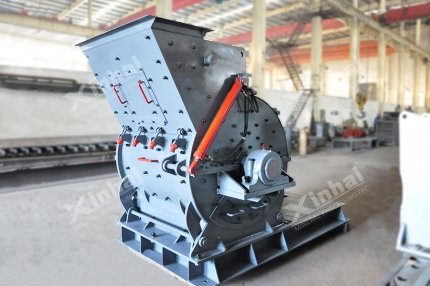
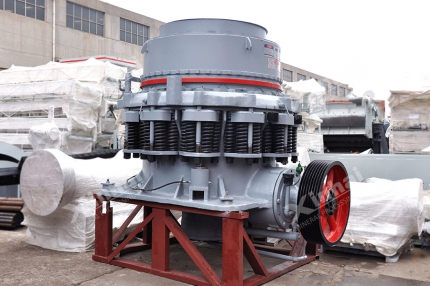
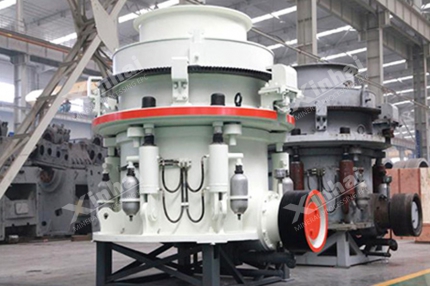
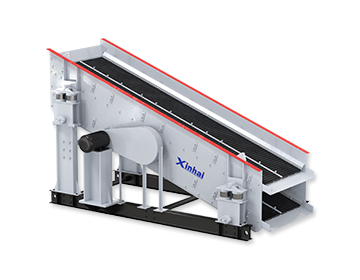

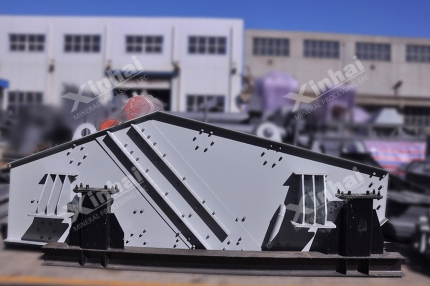
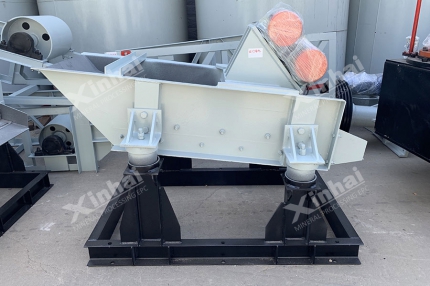
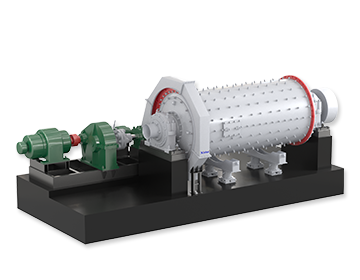
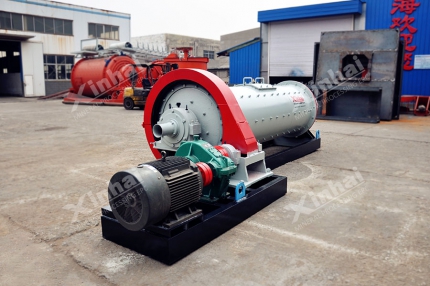
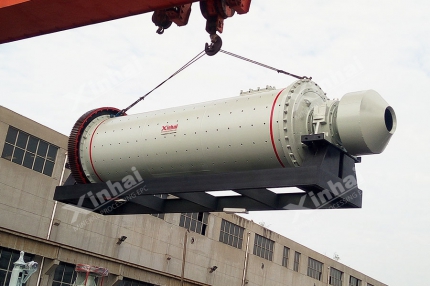
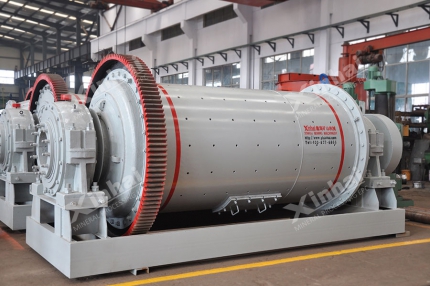
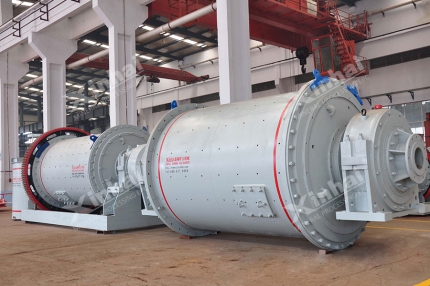
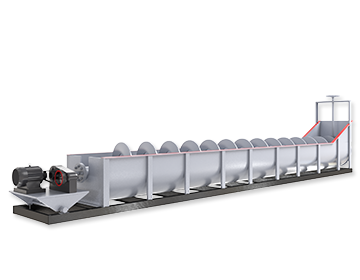
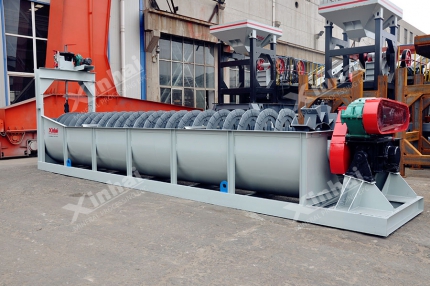
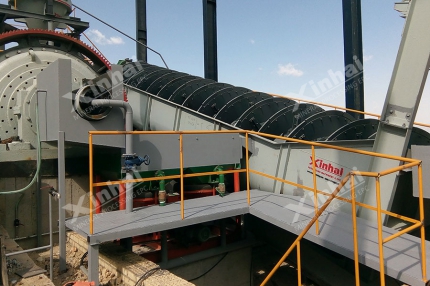
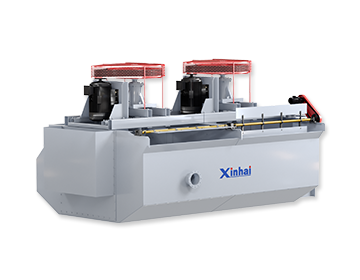
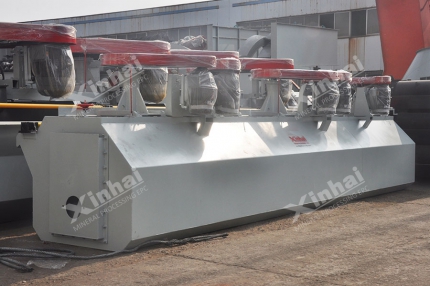
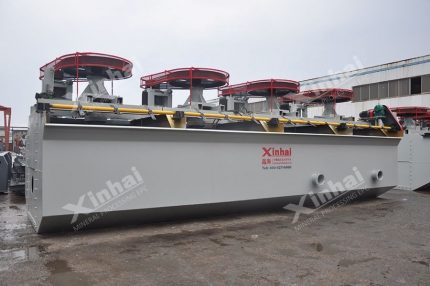
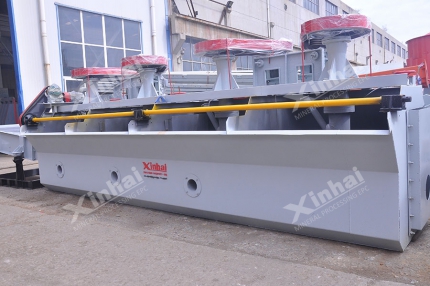
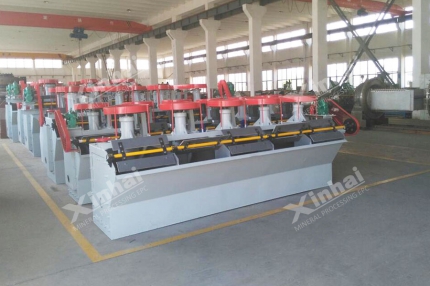
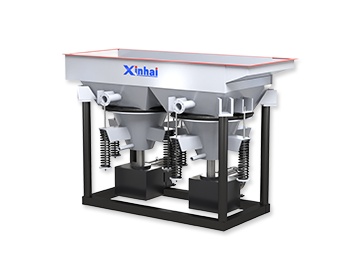
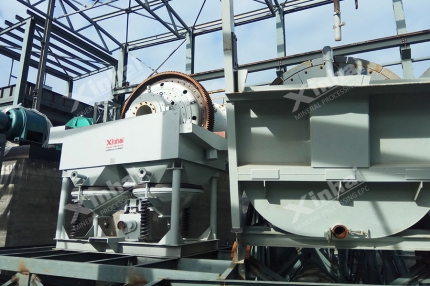
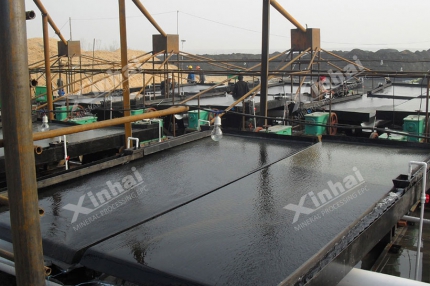
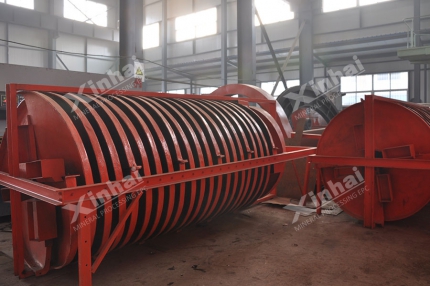

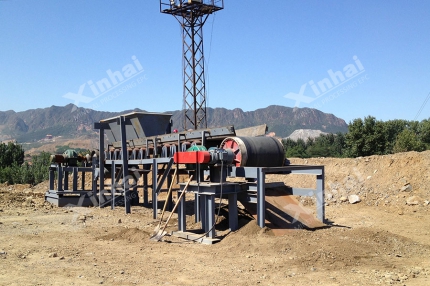
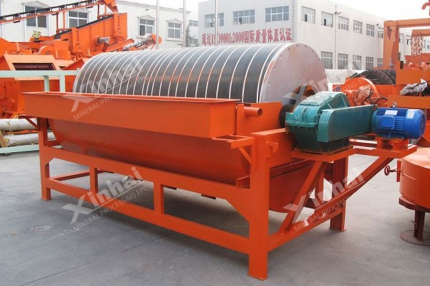
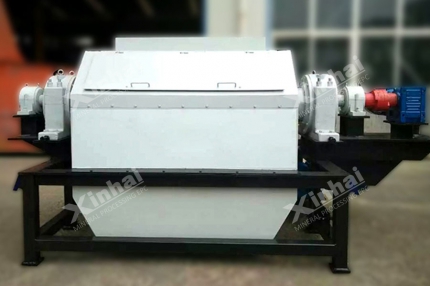
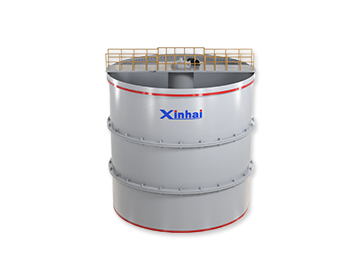
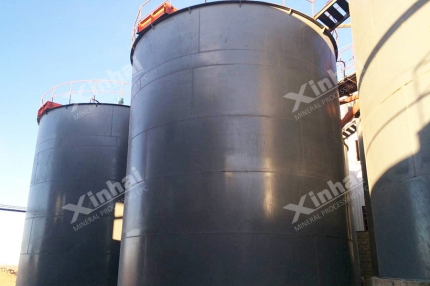
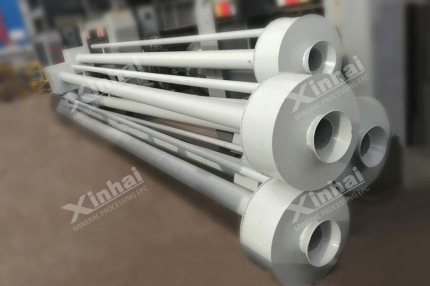
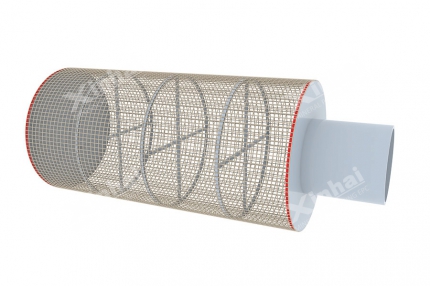
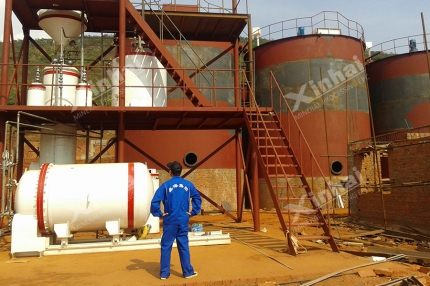
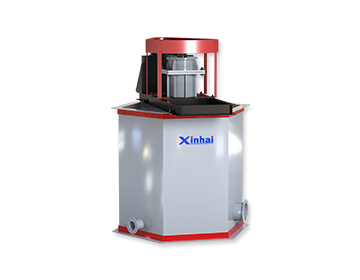
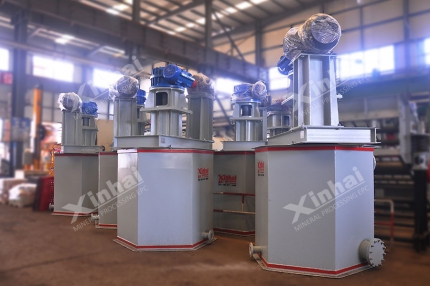
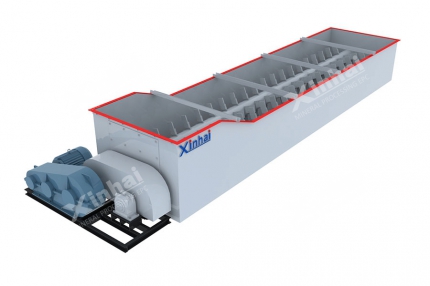
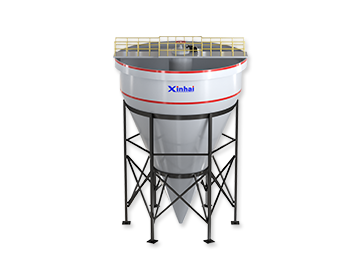
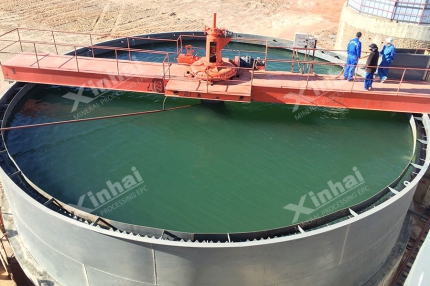
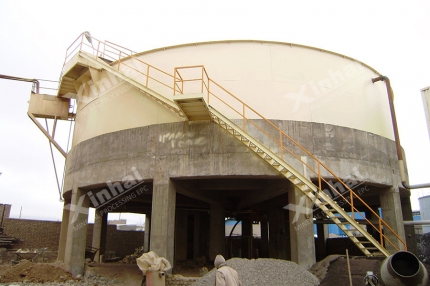
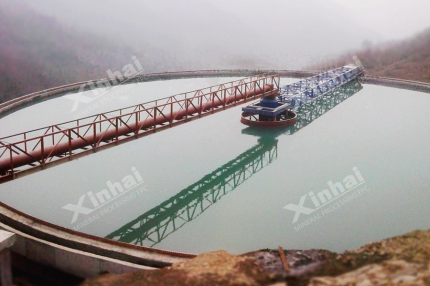

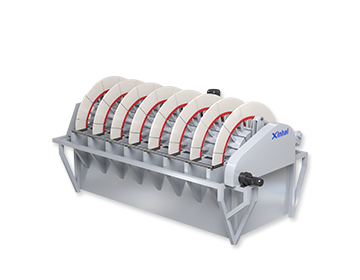
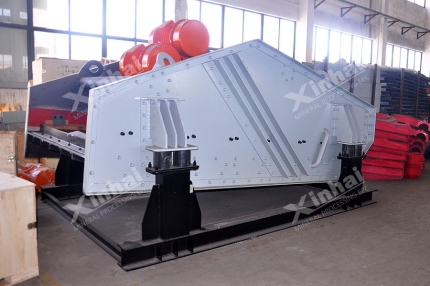
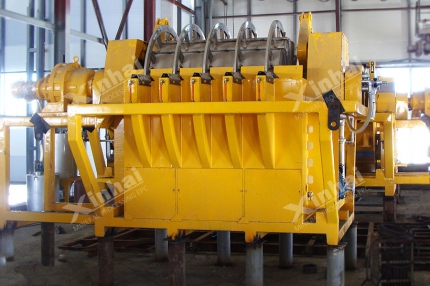
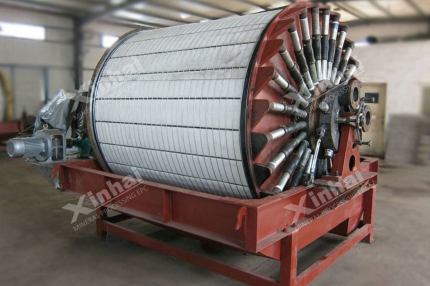
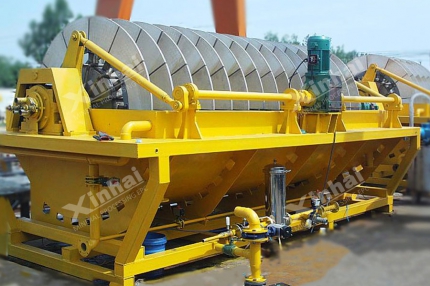
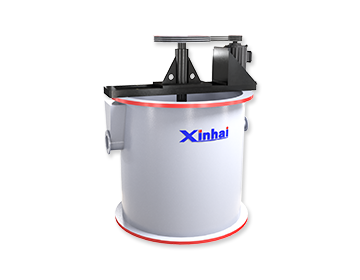
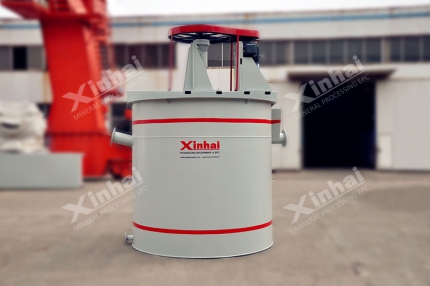
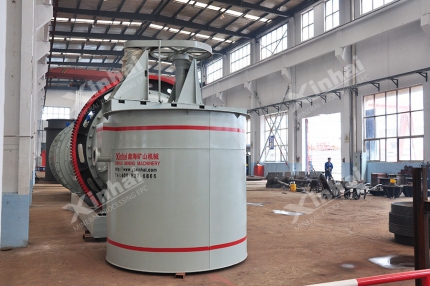
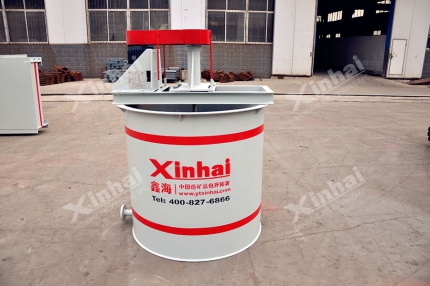

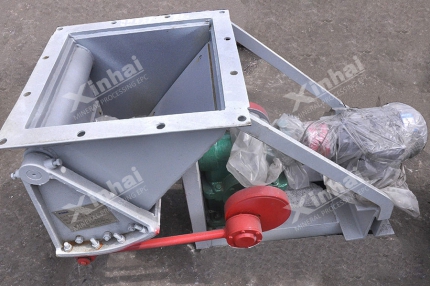
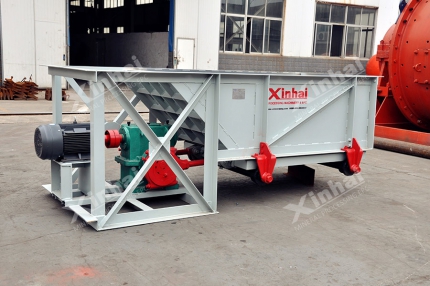
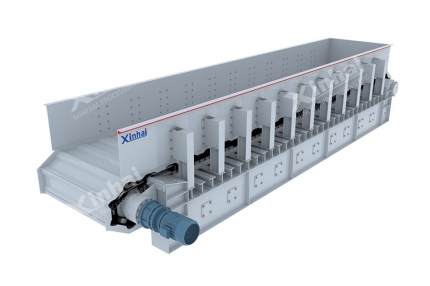
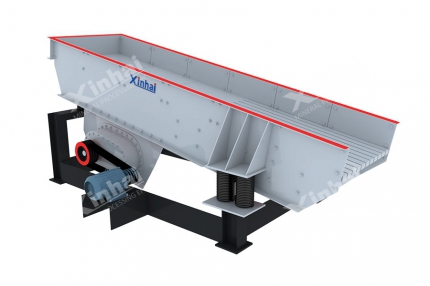

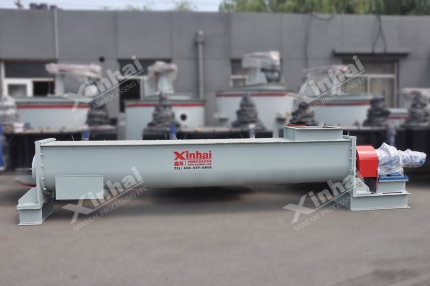
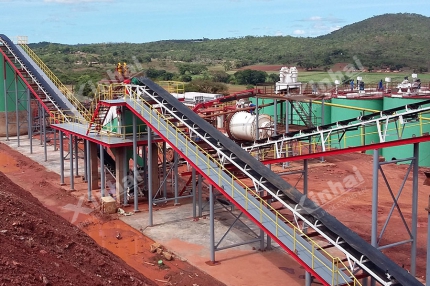
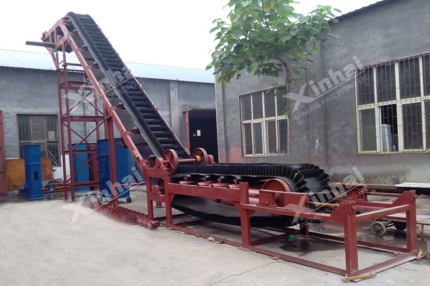
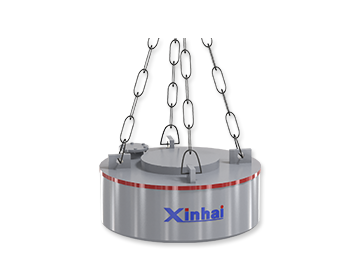
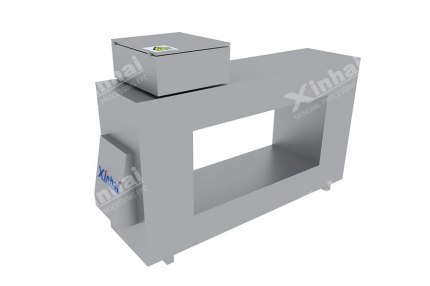
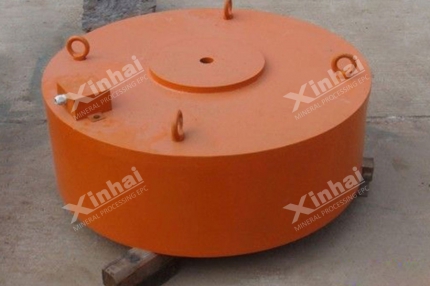
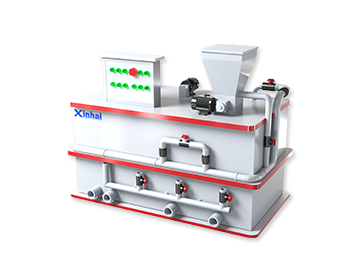
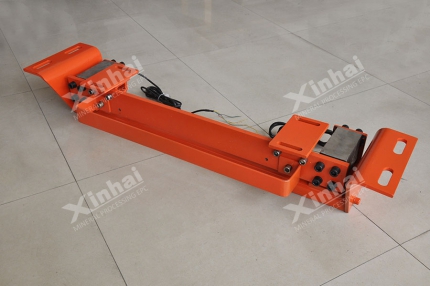
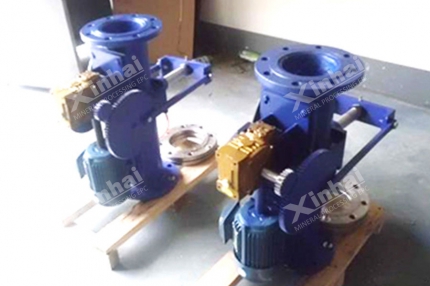
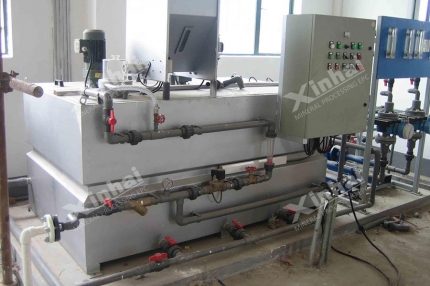
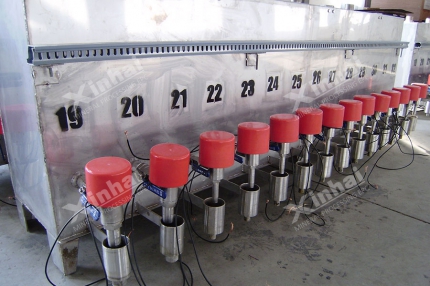
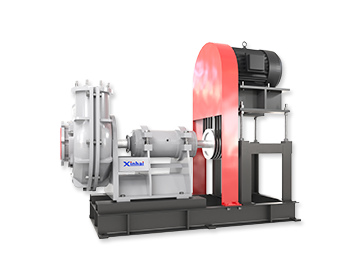
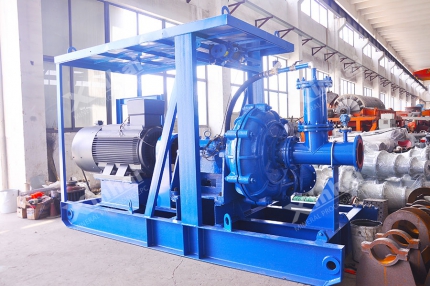
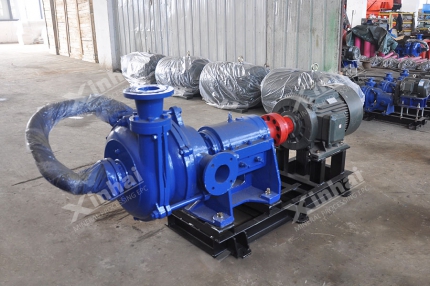
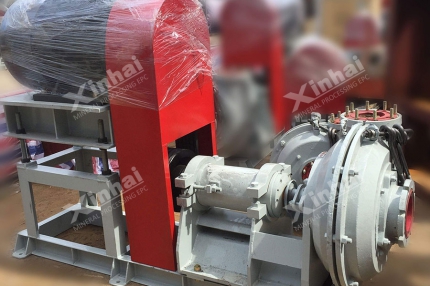
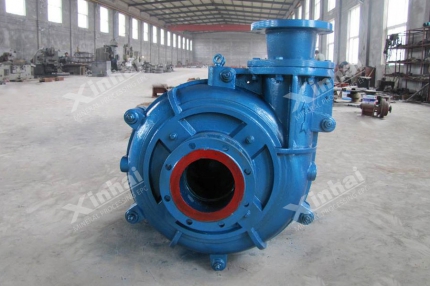
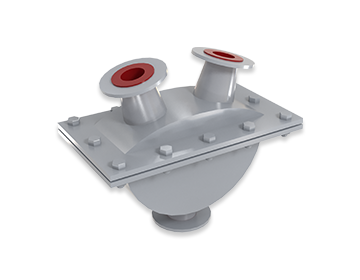
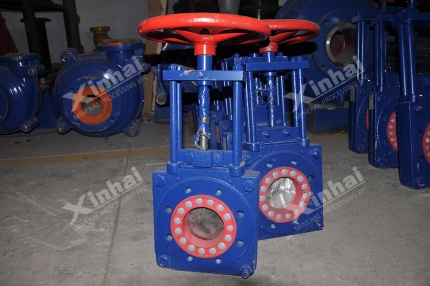
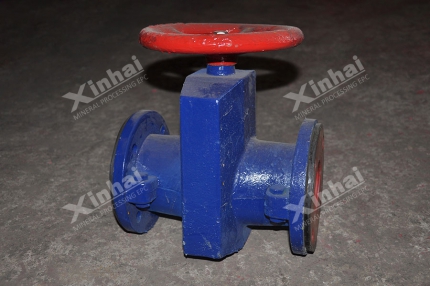
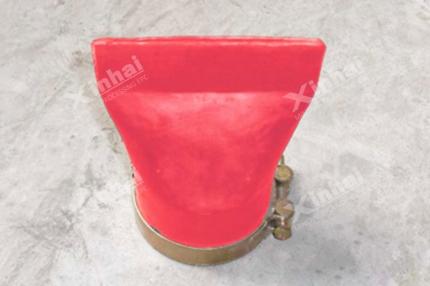
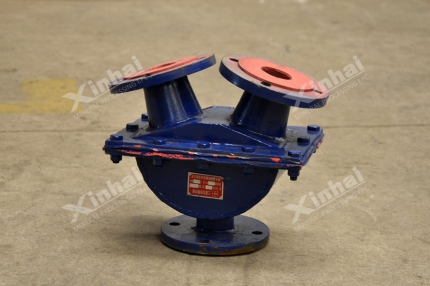

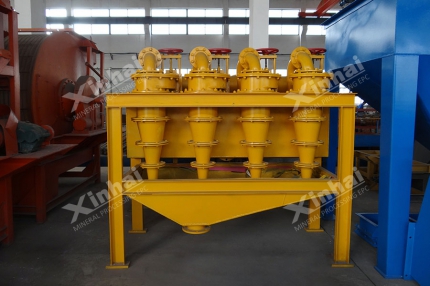
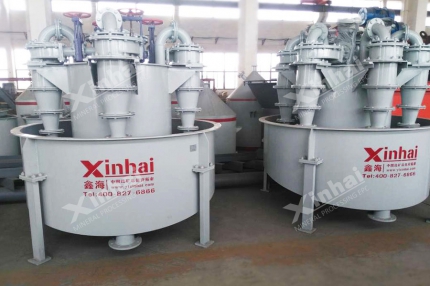
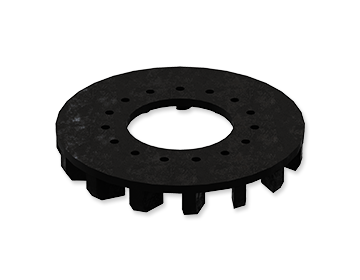
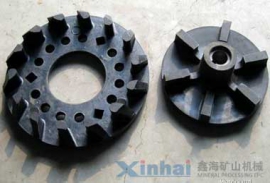
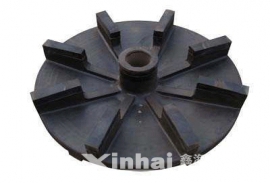
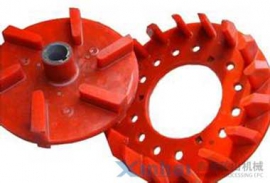

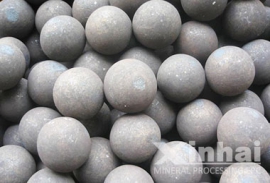
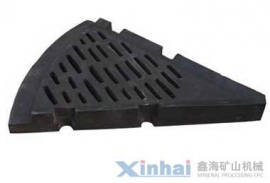
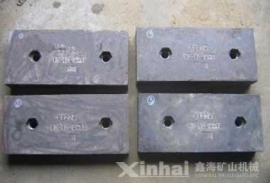
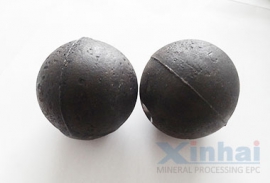
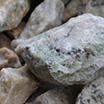
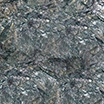

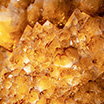


 CHAT
CHAT MESSAGE
MESSAGE







